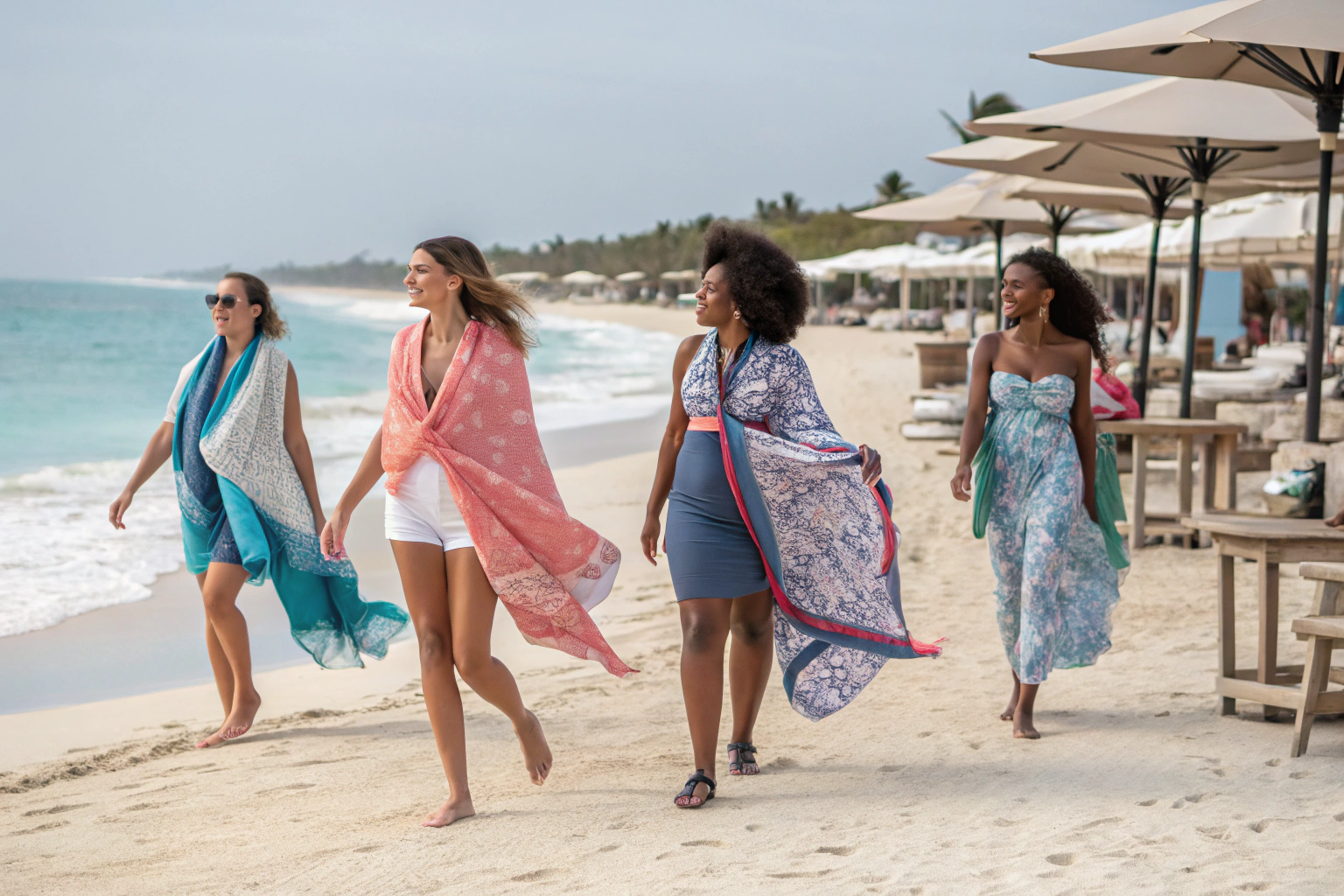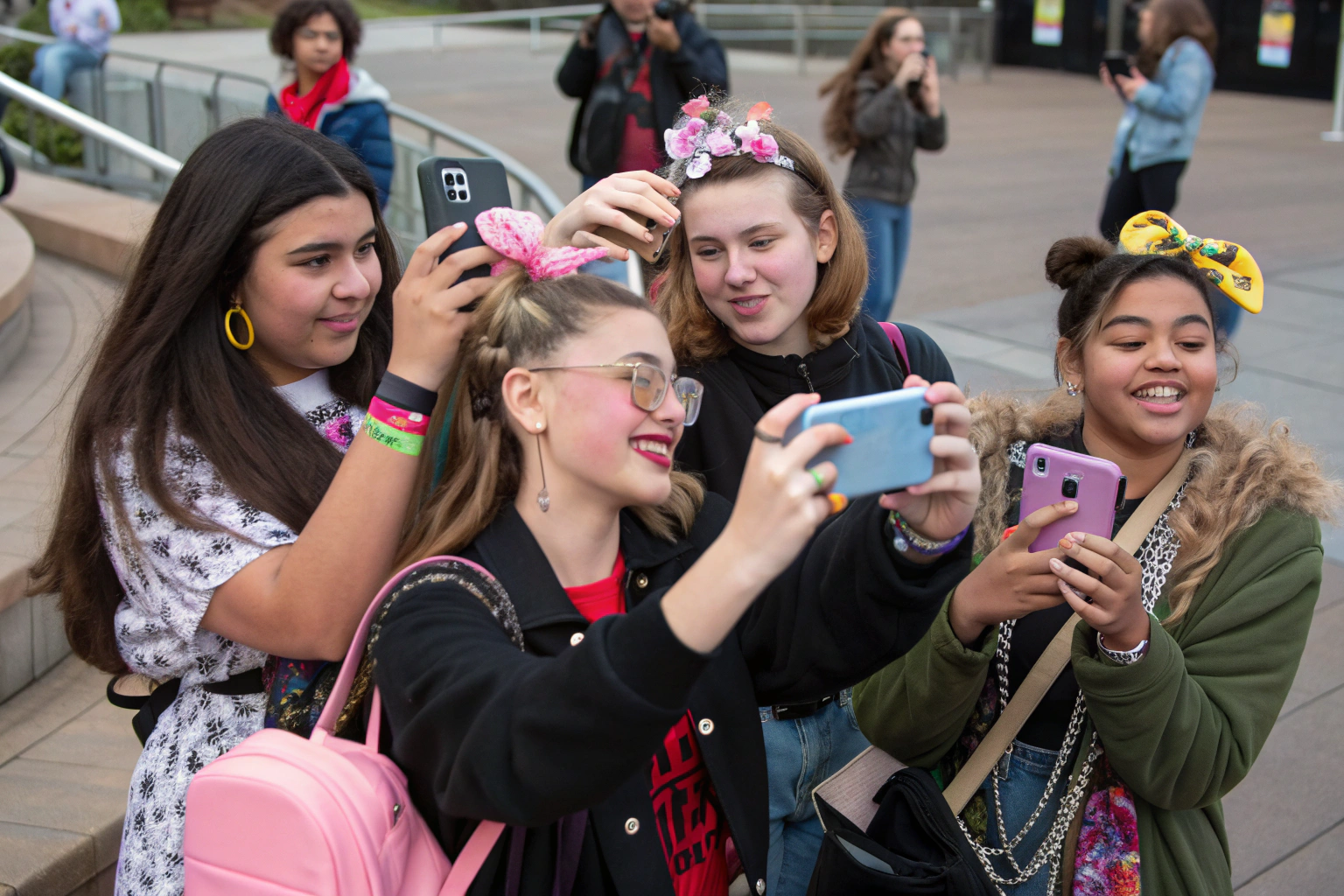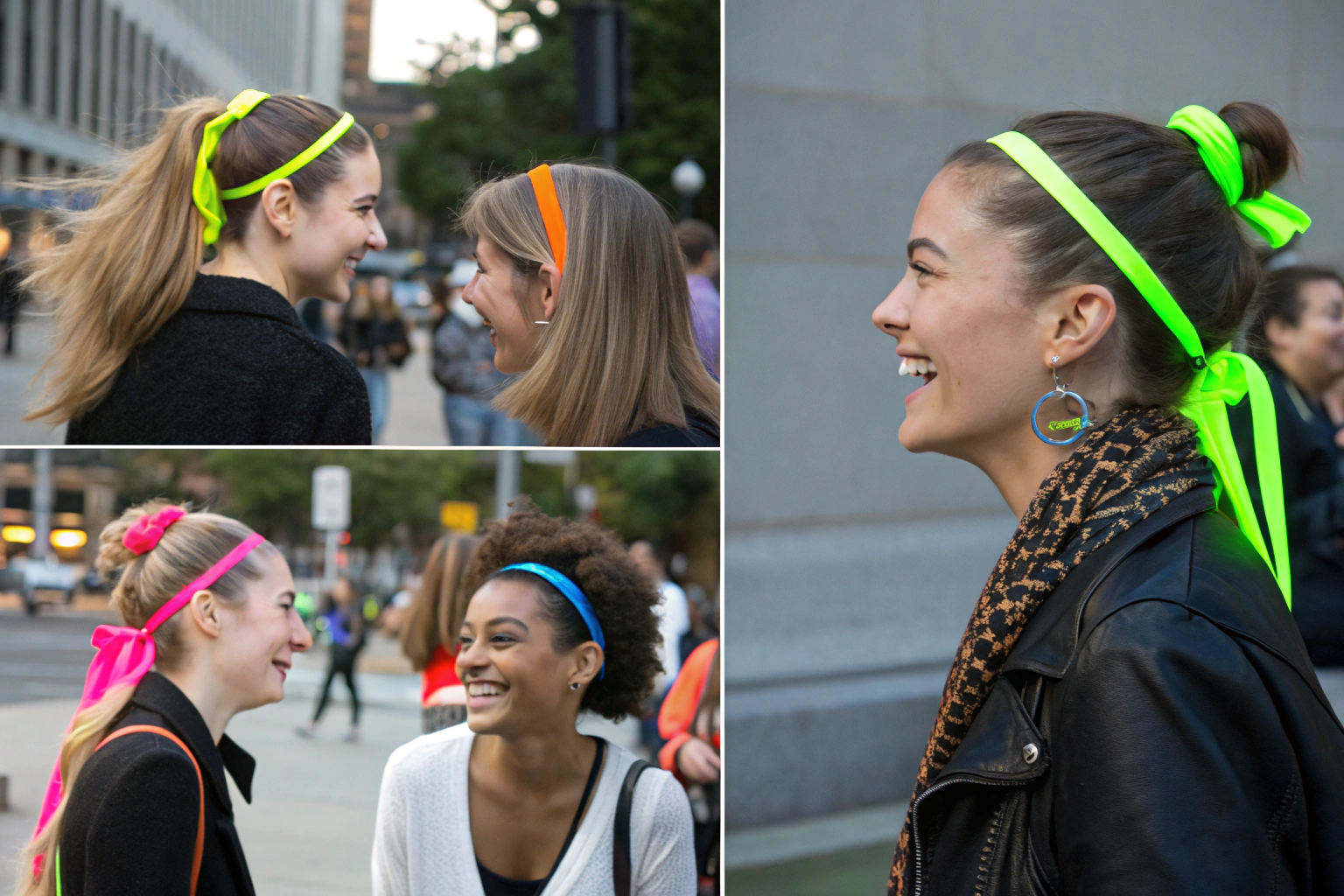The humble shawl transforms into the ultimate beach accessory when used as a cover-up, offering both style and functionality that specialized beach wraps often lack. Many travelers and beachgoers overlook the versatility of their existing shawls, missing opportunities to create elegant, personalized beach looks without purchasing single-purpose items.
Styling a shawl as a beach cover-up involves mastering simple draping techniques, strategic fastening methods, and creative accessorizing that combines sun protection with fashion appeal. The right approach can transform any shawl—from lightweight cotton to elegant silk—into a beach-ready garment that transitions seamlessly from sand to seaside dining.
As manufacturers of premium shawls and beach accessories, we've identified the most flattering, secure, and stylish ways to wear shawls as cover-ups. Here are the techniques that work across different body types, shawl materials, and beach activities.
What are the most secure shawl tying techniques for beach wear?
Security is the primary concern when wearing a shawl as a beach cover-up, particularly in breezy coastal conditions. The right tying methods ensure your cover-up stays in place during movement while remaining comfortable for extended wear.
Secure shawl styling combines strategic knot placement, tension distribution, and sometimes discreet fastening aids to create cover-ups that withstand beach activities without constant adjustment. These techniques work with various shawl sizes and fabrics.
How does the halter-style wrap provide security and style?
The halter transformation creates one of the most secure shawl cover-ups by distributing tension evenly across the back and neck. To achieve this style: center the shawl on your back, bring the ends forward over your shoulders, cross them at the front, and tie behind your neck. The resulting look provides excellent coverage while allowing freedom of movement. This method works particularly well with rectangular shawls measuring at least 70x30 inches, as the length ensures adequate coverage. The halter style keeps the shawl securely in place even during windy conditions, making it ideal for active beach days.
What makes the sarong wrap with hidden knot so reliable?
The reinforced sarong uses a discreet internal knot system that prevents slipping and gaping. Drape the shawl around your hips, bring the ends to one side, and tie a secure knot against your hip bone before wrapping the ends around your waist again and tying a second knot. This double-knot method distributes tension and prevents the entire wrap from loosening. For additional security with slippery fabrics like silk or viscose, we recommend using a small decorative brooch or even a stylish hair clip at the final knot. This approach combines the breezy elegance of a traditional sarong with practical security features.
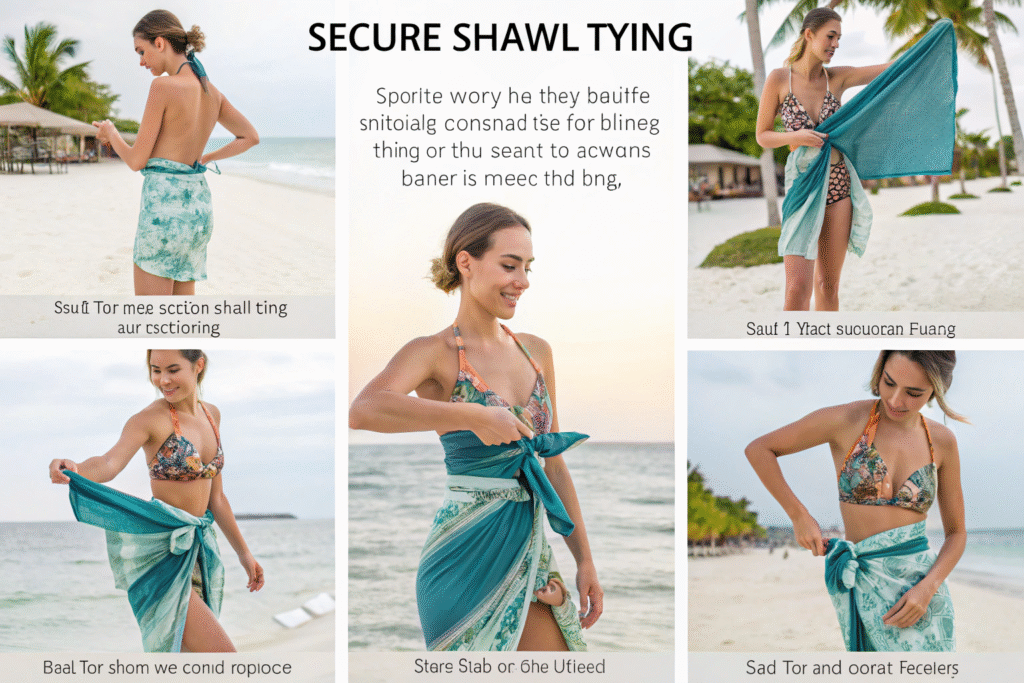
How to choose the right shawl fabric for beach coverage?
Shawl material significantly impacts both the aesthetic and functional performance of your beach cover-up. The ideal beach shawl balances sun protection, quick-drying capability, drape quality, and weight for comfortable wear in warm conditions.
The best shawl fabrics for beach cover-ups include lightweight cotton, linen blends, viscose, and certain synthetic materials that offer UV protection, sand resistance, and easy maintenance. Each fabric brings different advantages to various beach scenarios.
Why is lightweight cotton ideal for beach cover-ups?
Breathable protection makes cotton an excellent choice for beach shawls. The natural fibers allow air circulation while providing a physical barrier against sun exposure. Cotton's absorbent properties help manage perspiration in hot conditions, and most cotton shawls become softer with repeated washing after saltwater and sand exposure. Our quality control standards for beach-appropriate cotton shawls include testing for colorfastness when exposed to sunscreen and saltwater, ensuring the vibrant prints and colors we produce maintain their beauty through beach conditions.
How do linen blends enhance beach cover-up functionality?
Quick-drying elegance positions linen blend shawls as premium beach cover-up options. Linen's natural moisture-wicking properties and rapid drying time prevent that damp, clingy feeling that can occur with other fabrics after ocean dips. The slightly textured surface of linen helps disguise sand particles, and the fabric's natural crinkle adds effortless style that doesn't require perfect pressing. The table below compares beach cover-up fabric performance:
| Fabric Type | Sun Protection | Drying Time | Sand Resistance | Drape Quality |
|---|---|---|---|---|
| Lightweight Cotton | Good | Moderate | Fair | Excellent |
| Linen Blend | Very Good | Fast | Good | Structured |
| Viscose | Good | Slow | Poor | Fluid |
| Silk | Fair | Slow | Poor | Luxurious |
| UPF Synthetic | Excellent | Very Fast | Excellent | Variable |
| Cotton-Synthetic Blend | Good | Fast | Good | Very Good |
This fabric knowledge helps consumers select shawls that match their specific beach activities and personal style preferences.
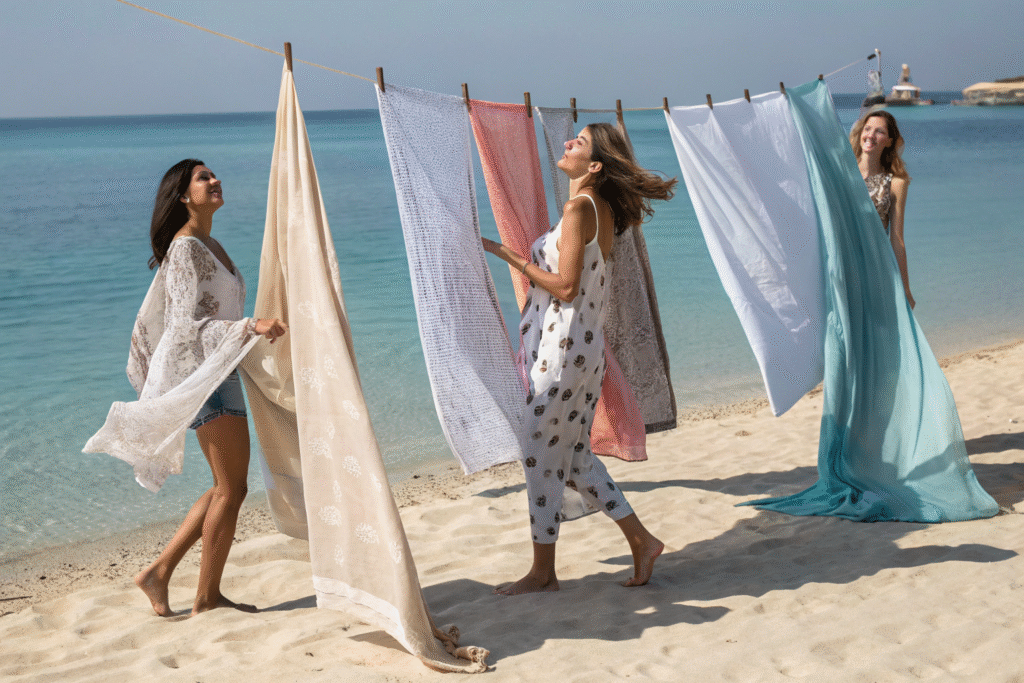
What styling techniques create flattering beach cover-up silhouettes?
The right styling techniques can transform a simple shawl into a figure-flattering beach cover-up that enhances rather than hides your shape. Understanding basic draping principles helps create silhouettes that feel both comfortable and confident.
Flattering shawl styling involves emphasizing or creating waist definition, balancing proportions, using strategic draping to highlight assets, and selecting tying methods that complement your body shape and swimwear style.
How does the asymmetrical drape create elegant proportions?
Diagonal line interest makes the asymmetrical drape particularly flattering for various body types. Rather than wrapping the shawl evenly around your body, position it so one shoulder remains exposed or one side hangs longer than the other. This creates visual interest while drawing the eye in flattering directions. Secure the shawl with a knot at one shoulder or hip, allowing the fabric to cascade in soft folds. This approach works beautifully with larger shawls and creates movement that enhances simple swimwear. Many of our clients find this method makes them feel both covered and fashionable, bridging the gap between practical cover-up and style statement.
Why does waist definition improve shawl cover-up appearance?
Silhouette structuring through waist definition prevents the shapelessness that can occur with wrapped garments. Even the simplest shawl sarong benefits from adding a separate belt, tying the shawl itself to create waist emphasis, or using a knotted technique that naturally gathers at the smallest part of your torso. This approach works particularly well with maxi shawls that have sufficient length to wrap around the body multiple times. The resulting shape feels more intentional and polished than a basic wrap, making the transition from beach to beachfront restaurant more seamless.
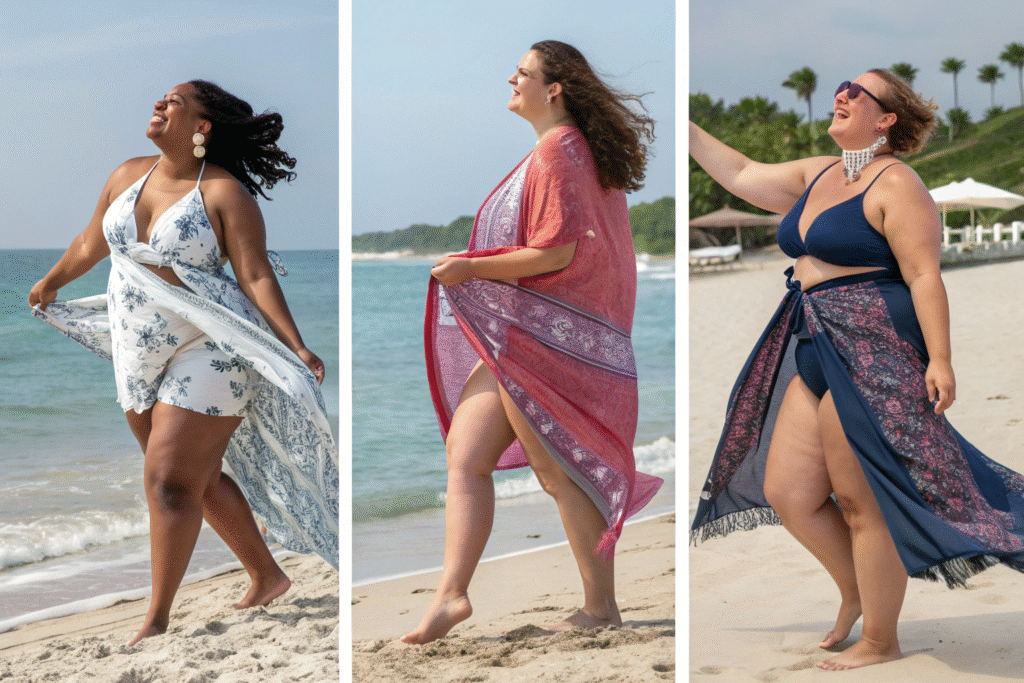
How to accessorize shawl beach cover-ups for complete looks?
The right accessories transform a basic shawl cover-up into a cohesive beach-to-bar outfit that feels intentionally styled rather than merely practical. Strategic accessory choices enhance both functionality and fashion appeal.
Successful shawl cover-up accessorizing includes choosing complementary footwear, selecting functional yet stylish beach bags, incorporating sun protection accessories, and adding personal touches through jewelry and hair accessories.
What footwear complements shawl cover-ups best?
Proportional pairing ensures your footwear enhances rather than competes with your shawl cover-up. The fluid lines of most shawl styles pair beautifully with minimalist sandals, espadrilles, or even fashionable flip-flops that don't visually overwhelm the outfit. Consider the length of your shawl when selecting footwear—ankle-length draped shawls work well with bare sandals that continue the leg line, while shorter sarong styles can accommodate more substantial footwear. Our styling recommendations always consider how the entire outfit works together, recognizing that beach accessories should create harmony rather than fragmentation.
How can functional accessories enhance shawl cover-up style?
Dual-purpose items bridge the gap between practical beach necessities and style elements. A wide-brimmed hat provides sun protection while complementing the drape of your shawl. A structured beach bag offers storage while creating visual interest against soft shawl fabrics. Even practical items like sunglasses can be chosen to coordinate with your shawl's color palette. This approach means every element of your beach outfit works together, creating a polished look that appears effortless while being thoughtfully composed. The most successful beach styles balance aesthetics with the genuine practical requirements of sun, sand, and sea.
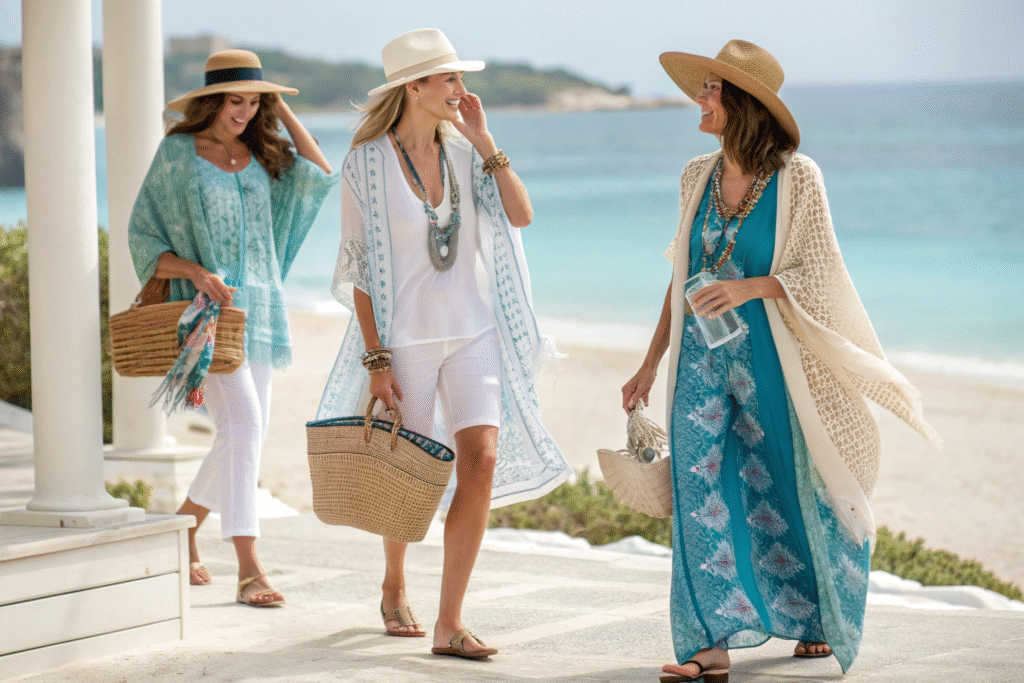
Conclusion
Transforming a shawl into a beach cover-up represents the perfect intersection of practicality and personal style. The versatility of shawls allows for endless creativity while providing sun protection, coverage, and comfort in beach environments. Mastering a few simple tying techniques, understanding fabric properties, and learning to accessorize thoughtfully can elevate any shawl from an accessory to the centerpiece of your beach wardrobe.
If you're interested in designing shawls specifically optimized for beach cover-up use, we invite you to contact our Business Director, Elaine. She can guide you through our fabric options and manufacturing capabilities for beach-perfect shawls. Reach her at: elaine@fumaoclothing.com.

